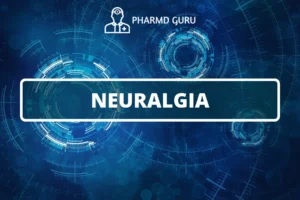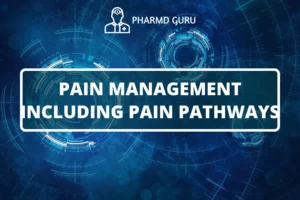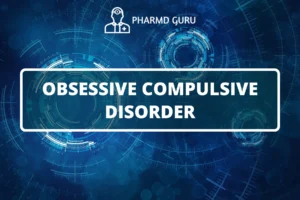In the field of medicine, delivering the highest quality of care is of utmost importance. Healthcare professionals strive to make well-informed decisions that are supported by reliable evidence and scientific research. This is where evidence based medicine (EBM) comes into play. In this article, we will explore the concept of evidence based medicine, its principles, and its impact on healthcare.
SCROLL DOWN TO THE BOTTOM OF THIS PAGE FOR ACTUAL NOTES.
Table of Contents
- Introduction
- What is Evidence Based Medicine?
- Principles of Evidence Based Medicine
- Steps in the EBM Process
- The Importance of Evidence Based Medicine
- Challenges in Implementing EBM
- Future Directions of Evidence Based Medicine
1. Introduction
Medical knowledge is constantly evolving, and new treatments, interventions, and diagnostic methods are continuously being developed. Evidence-based medicine provides a framework for integrating the best available scientific evidence with clinical expertise and patient values to guide medical decision-making.
2. What is Evidence Based Medicine?
Evidence-based medicine is an approach to medical practice that emphasizes the use of current, relevant, and reliable evidence in making clinical decisions. It involves critically appraising scientific research, applying the findings to individual patients, and considering patient preferences and values.
3. Principles of Evidence Based Medicine
The principles of evidence-based medicine revolve around five key steps:
- Formulating a well-defined clinical question
- Searching for the best available evidence
- Critically appraising the evidence for its validity and relevance
- Applying the evidence to patient care
- Evaluating the outcomes of the applied evidence
By following these principles, healthcare professionals can make informed decisions based on the most up-to-date and trustworthy evidence.
4. Steps in the EBM Process
The process of practicing evidence-based medicine involves several steps:
- Ask: Formulate a clear and focused clinical question based on the patient’s condition or the problem at hand.
- Acquire: Conduct a systematic search to find the most relevant and reliable evidence.
- Appraise: Critically evaluate the quality and validity of the evidence.
- Apply: Consider the patient’s unique circumstances, preferences, and values when applying the evidence to clinical decision-making.
- Assess: Monitor and evaluate the outcomes of the applied evidence and make adjustments as necessary.
5. The Importance of Evidence Based Medicine
Evidence-based medicine has numerous benefits for both healthcare professionals and patients:
- Improved patient outcomes: By basing medical decisions on reliable evidence, healthcare professionals can provide the most effective and appropriate care, leading to better patient outcomes.
- Enhanced patient safety: EBM helps identify and promote interventions that have been proven to be safe and effective, reducing the risk of harm to patients.
- Efficient resource utilization: By focusing on evidence-based practices, healthcare systems can allocate resources more efficiently and effectively.
- Continuous learning: EBM encourages healthcare professionals to stay updated with the latest research and advancements in their field, fostering a culture of lifelong learning.
6. Challenges in Implementing EBM
While evidence-based medicine is widely recognized as a valuable approach, there are challenges in its implementation:
- Access to evidence: Keeping up with the vast amount of scientific literature can be challenging, and accessing full-text articles or subscription-based journals may be costly.
- Variability in study quality: Not all research studies are of equal quality, and determining the reliability and applicability of the evidence can be complex.
- Incorporating patient values: Integrating patient preferences and values into evidence-based decision-making can be challenging due to individual variability and cultural differences.
Efforts are being made to address these challenges and promote the widespread adoption of evidence-based medicine.
7. Future Directions of Evidence Based Medicine
As technology advances and more data becomes available, the field of evidence-based medicine is evolving. Future directions include:
- Precision medicine: Tailoring treatments based on individual patient characteristics, including genetic factors and biomarkers.
- Real-world evidence: Incorporating data from real-world settings to complement findings from controlled clinical trials.
- Shared decision-making: Encouraging collaboration between healthcare professionals and patients in making treatment decisions, considering both evidence and patient preferences.
ACTUAL NOTES:




